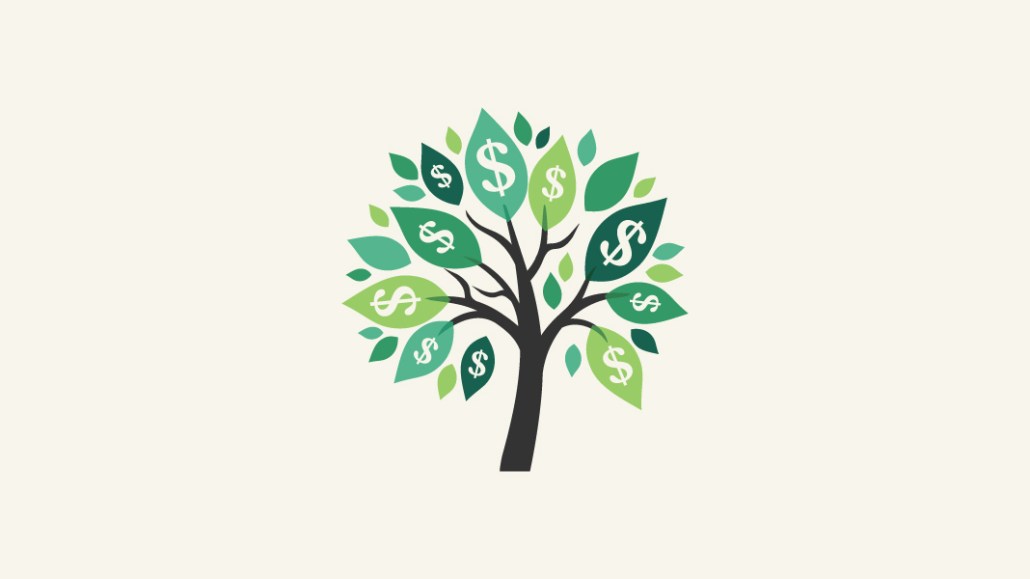Connect with execs from The New York Times, TIME, Dotdash Meredith and many more

Advertisers traditionally considered outside of the health and wellness category — like automotive and alcohol brands — are spending more money with publishers like Well + Good, Health and Mindbodygreen. In some cases, the surge in non-endemic ad dollars has corresponded with these atypical advertisers accounting for some of the most money-making deals the publishers have signed in the past year.
- For Leaf Group’s Well + Good, eight out of 10 of the largest deals by dollar amount in the past 12 months at Well + Good were from non-endemic advertisers, according to Jody Rones, svp brand partnership.
- Dotdash Meredith’s Health recorded a 23% year-over-year increase in ad revenue from brands in the toiletries/cosmetics category, like Olay, Secret and Dove, said vp and publisher Brendan Smyth, who did not provide exact figures.
- Mindbodygreen experienced a 50% increase in ad revenue in 2021, compared to 2019, from non-endemic brands like Lexus, Sonos and other brands in the auto, alcohol and e-commerce categories, according to co-founder and co-CEO Colleen Wachob. She said — without providing exact figures — that she expects the non-endemic share of the publication’s ad revenue to double in 2022.
Non-endemic clients have become particularly interested in topics like self-care, recovery, mental health and healthier habits, according to Nancy Berger, svp, publishing director and chief revenue officer of the Hearst Youth & Wellness Group (which includes titles like Men’s Health & Women’s Health). “It’s picked up over the past year,” she said.
Not only has the pandemic brought more attention to topics like self-care and mental wellbeing, but it has made health and wellness content “much more evergreen, which makes it more enticing for a longer-term, integrated investment” in this category of media, said Whitney Fishman Zember, managing partner of innovation and consumer technology at GroupM’s Wavemaker agency. Rather than giving this topic attention around events like Mental Health Awareness Month in May, for example, wellness is now “far more integrated into the cultural zeitgeist and far more welcome than taboo.”
Sales teams at these publishers are doing more outreach to advertisers outside of the health and wellness category, too. “We hear [a brand] really emphasizing a particular healthful quality or approach on their product or campaign and we say, ‘We thought it would be useful for you to know what Health’s commitment is to those similar attributes,’” Smyth said.
Sponsored content and tentpole programs are especially popular among non-endemic brands, said Rones. By contrast, endemic brands — like plant-based body care company Kneipp, supplements brand MegaFood and OceanSpray’s line of fruit snacks and juices — more frequently request custom content opportunities from Well + Good. Auto and alcohol brands are more likely to “be supporting the conversation, not forcing the conservation,” he said.
Well + Good had an interactive, custom content unit for Sherwin-Williams where you can select your astrological sign and it suggests paint colors and a mood board based on associated personality traits. The publisher had a text and video campaign with Toyota on sustainable cars and their impact on the planet. Alcohol brand Bacardi was the sponsor of the first season of “The Well + Good Podcast,” which launched in March 2021, promoting Plume & Petal, its line of lower-alcohol vodka. The publisher didn’t say how much these activations were worth.
Mindbodygreen has similarly found success with selling non-endemic brands on podcasts. Lexus, for example, paid for four custom podcast episodes featuring guests chosen by the publisher to discuss a topic relevant to the brand. Mindbodygreen did not say how much revenue it earned from those spots.
That’s not to say non-endemic brands are opposed to health and wellness publishers’ other ad products, including print and experiential. Advertisers in the home/household supplies category tripled the number of ad pages in Health’s print magazine they purchased from five pages in 2020 to 15 in 2021. The publisher also sold SC Johnson’s Glade brand on a package that spanned custom content and experiential marketing to promote its scented candles, said Smyth. And this year Health has struck a deal with Discover Puerto Rico to sponsor an editorial initiative and custom content produced with an influencer (Smyth declined to share more details, as the campaign has not yet gone live).
However, these publishers may begin to face some challenges in maintaining the non-endemic advertisers’ attention and ad dollars. Brands have more options when they are looking to spend around health and wellness content — especially with the rise of creators and influencers in this space. “It’s a little more confusing and convoluted. You used to have to go to the publisher to get the message out and integrate around the narrative already happening… but now we are seeing a lot more opportunities and places to go,” Fishman Zember said. “There’s too much choice, and [brands] have to figure out who’s their right partner.”
More in Media

Three publishers’ workforce diversity reports show DEI efforts remain sluggish
Overall, staff diversity at The New York Times, Hearst and Condé Nast has either marginally improved or stalled in 2024, according to their annual workforce diversity data this year.

Retail media meets publishing: News UK, Future and Ocado tap clean room tech for smarter data targeting
News UK, The Independent, Immediate Media and Future are teaming up with retail media network Ocado to test clean room-powered data matching.

From sidelines to spotlight: Esports events are putting creators center stage
Esports events’ embrace of content creators reflects advertisers’ changing priorities across both gaming and the wider culture. In the past, marketers viewed esports as one of the best ways to reach gamers. In 2025, brands are instead prioritizing creators in their outreach to audiences across demographics and interest areas, including gaming.





